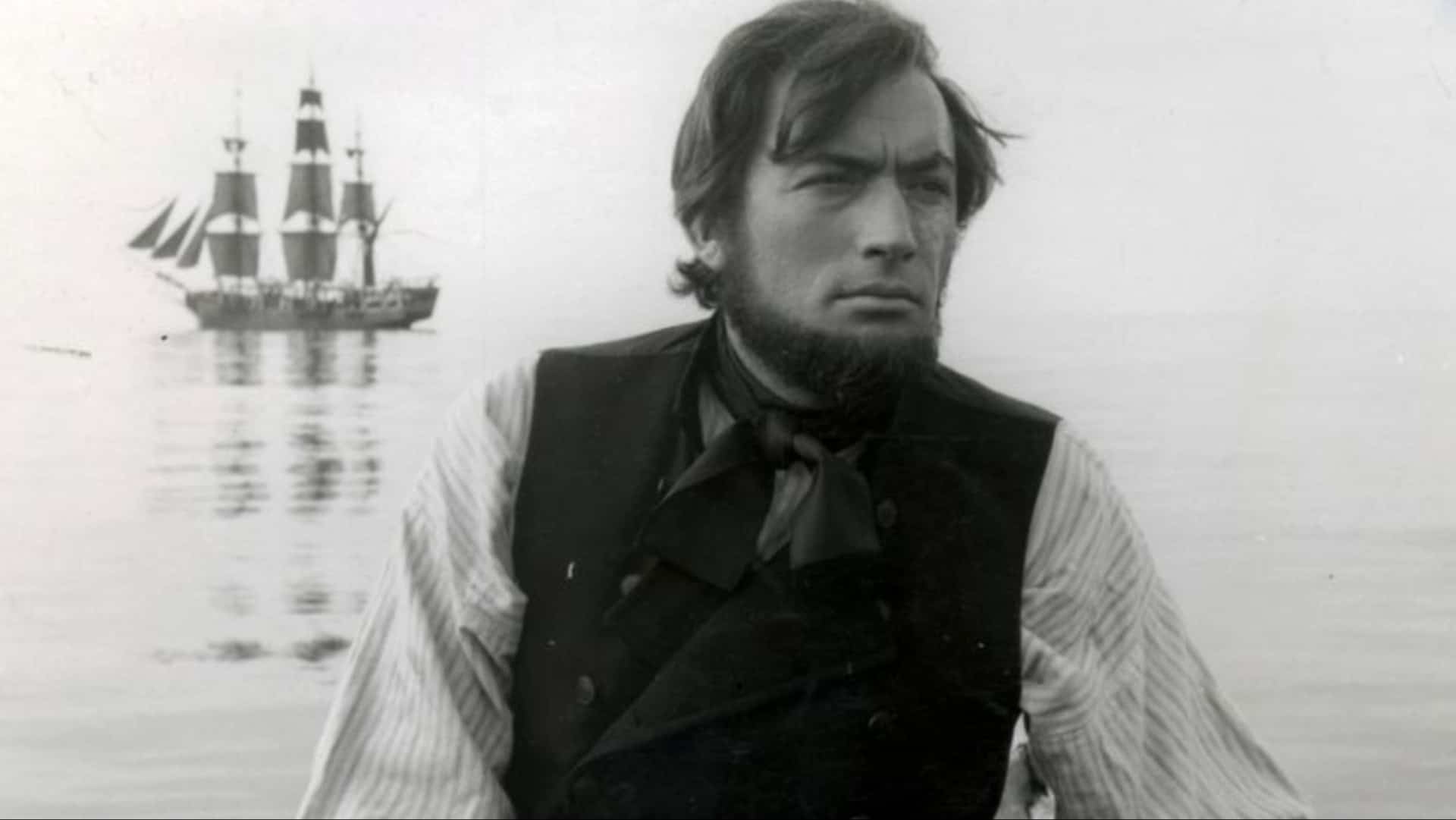Film adaptations of literary classics have fascinated audiences by bringing beloved stories to life on the big screen.
These adaptations not only honor the original narrative but also offer a fresh perspective, often reaching new audiences.
The following five films have managed to redefine their source material in unique ways, creating a lasting impact on both literature and cinema.
1. “The Lord of the Rings” Trilogy
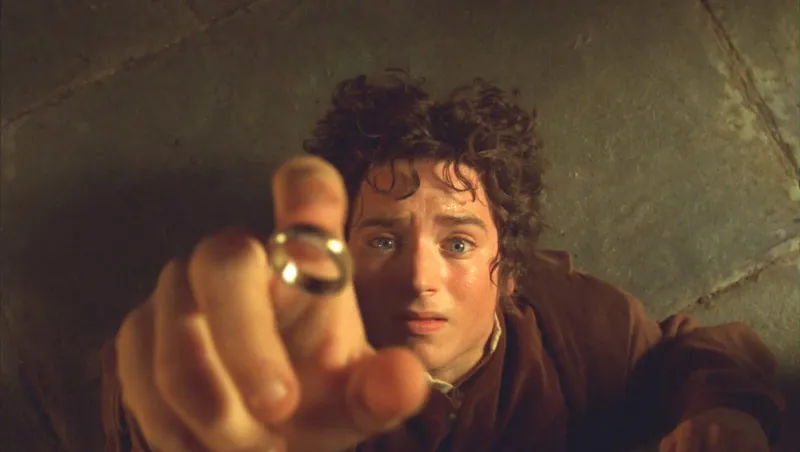
J.R.R. Tolkien’s “The Lord of the Rings” series, starting with “The Fellowship of the Ring” in 1954, found new life in Peter Jackson’s 2001 cinematic adaptation.
The film vividly brings Middle-earth to life, showcasing breathtaking landscapes and epic battles.
Elijah Wood’s portrayal of Frodo Baggins, along with a talented ensemble cast, delivers a powerful journey of friendship and courage.
Jackson’s direction captures the essence of Tolkien’s timeless narrative.
With groundbreaking special effects and a rich musical score, this adaptation set a new standard for fantasy films!
2. “Pride and Prejudice”
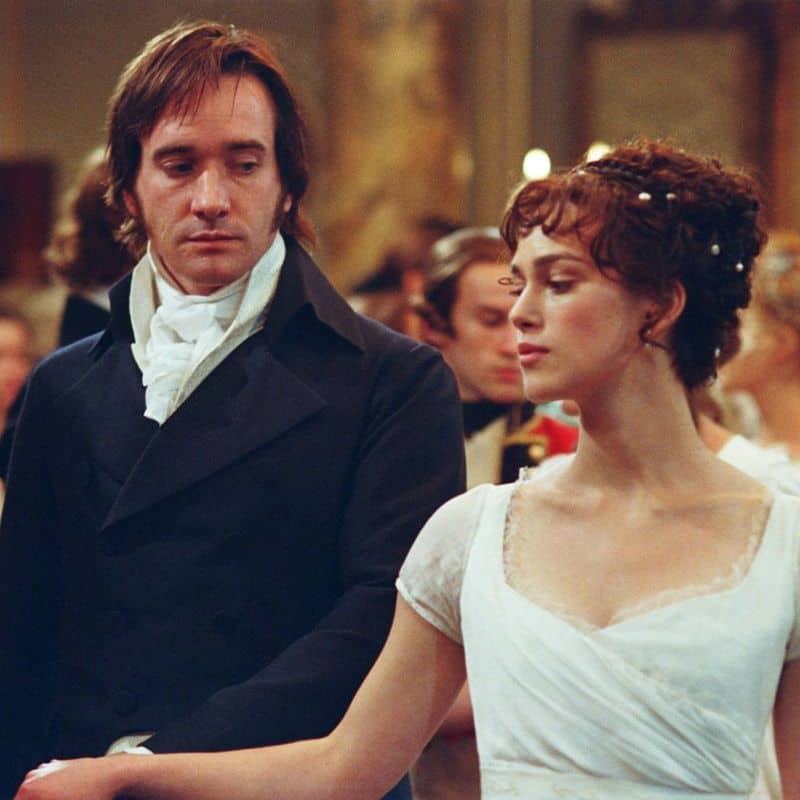
Jane Austen’s “Pride and Prejudice”, published in 1813, was masterfully adapted into a film in 2005. The movie captures the social intricacies of the early 19th-century English countryside.
Keira Knightley stars as the spirited Elizabeth Bennet.
The film’s stunning visuals and engaging performances breathe new life into Austen’s classic narrative. Director Joe Wright crafts a world that reflects the elegance and challenges of its time.
With captivating cinematography and a memorable soundtrack, this adaptation remains a favorite among fans of the classic novel.
3. Moby Dick (1956)
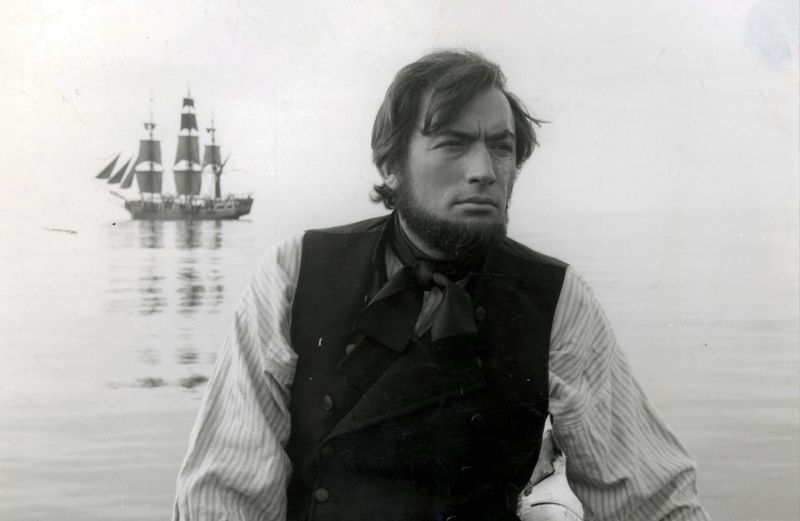
Moby Dick (1956)
The 1956 adaptation of Herman Melville’s “Moby Dick” is a cinematic tour de force, masterfully directed by John Huston.
This film captures the epic struggle between man and nature, embodied in Captain Ahab’s relentless pursuit of the great white whale.
Gregory Peck delivers a riveting performance as Ahab, bringing an intense obsession and depth to the character that mirrors Melville’s complex portrayal.
The film’s visual storytelling and dramatic seafaring sequences elevate the novel’s themes of vengeance and humanity’s insignificance against the vast ocean.
While staying true to the source material, Huston introduces a visual grandeur that enriches the narrative.
This adaptation remains a classic, offering both a thrilling adventure and a profound psychological exploration.
4. “The Great Gatsby”
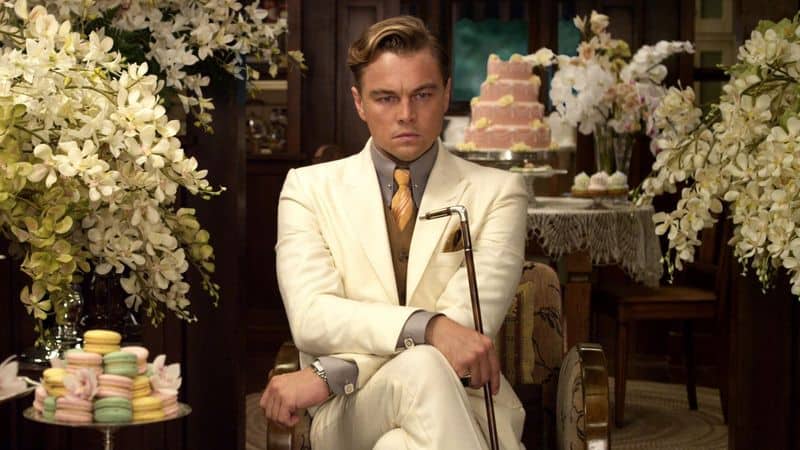
“The Great Gatsby”, a 1925 novel by F. Scott Fitzgerald, was reimagined in a vibrant 2013 film directed by Baz Luhrmann.
The movie encapsulates the opulence of the Jazz Age, featuring Leonardo DiCaprio as the enigmatic Jay Gatsby.
With a modern soundtrack and dazzling visuals, this adaptation captures the novel’s exploration of ambition and obsession.
Luhrmann’s direction emphasizes the timeless allure of Gatsby’s world.
The film’s luxurious settings and emotional depth offer a fresh perspective on Fitzgerald’s critique of the American Dream.
5. “To Kill a Mockingbird”
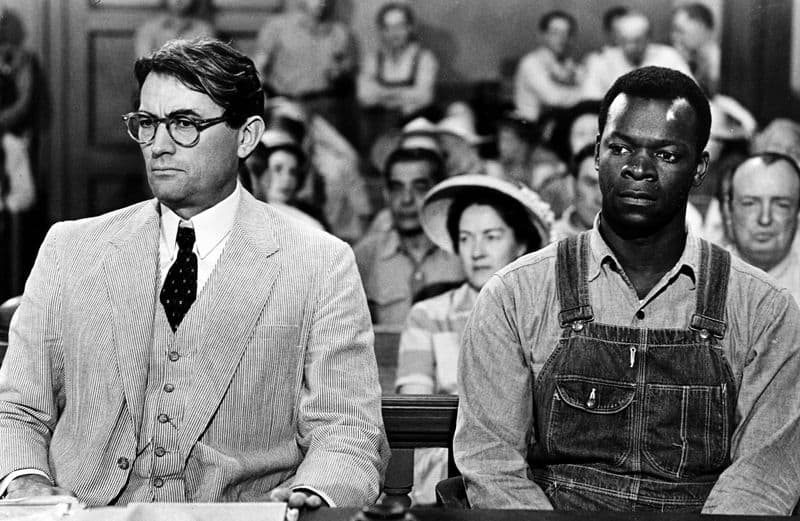
Harper Lee’s “To Kill a Mockingbird”, published in 1960, was transformed into an iconic film in 1962.
Starring Gregory Peck as the principled lawyer Atticus Finch, the movie tackles themes of racial injustice and moral integrity.
The film’s black and white cinematography enhances its historical setting, immersing viewers in the racially charged 1930s Southern United States.
Peck’s performance is both commanding and empathetic. This adaptation remains a poignant reflection on justice and human decency, resonating with audiences across generations.

